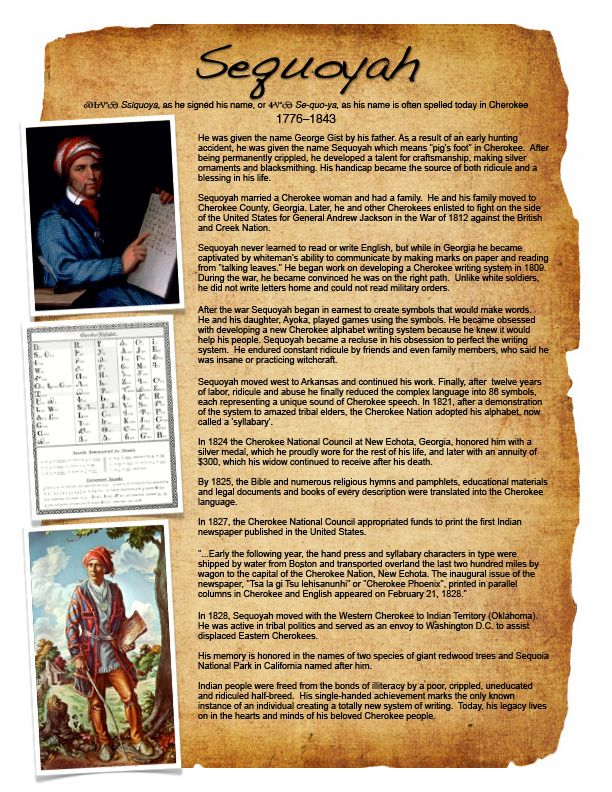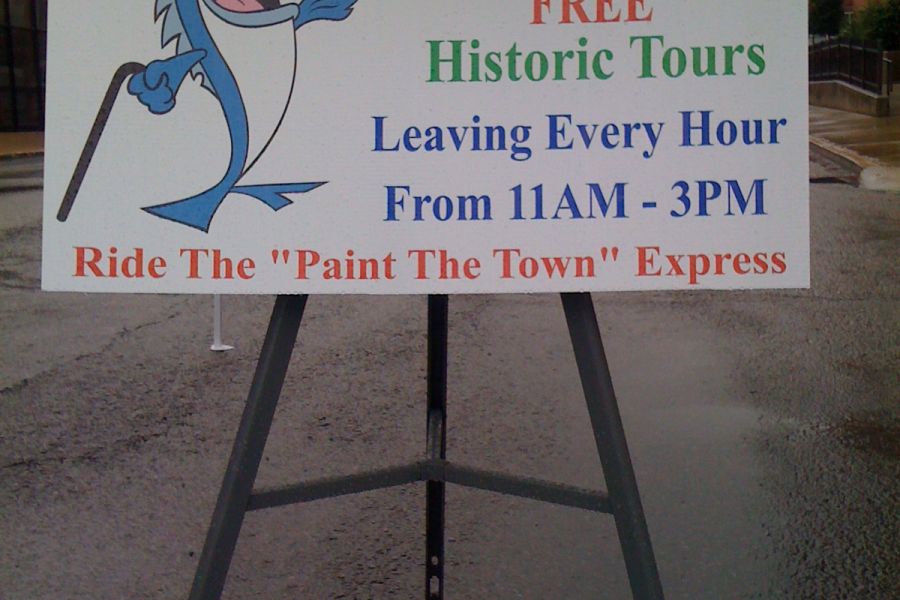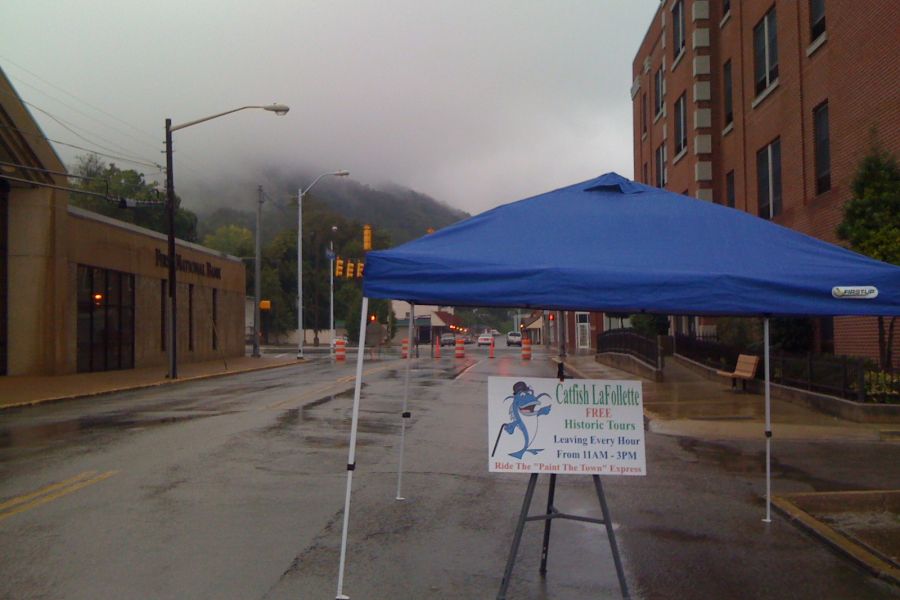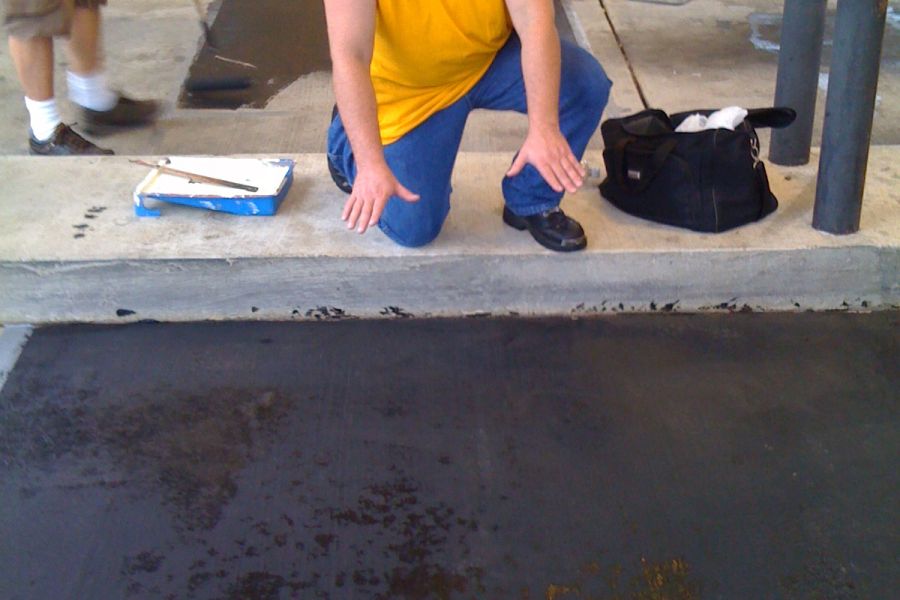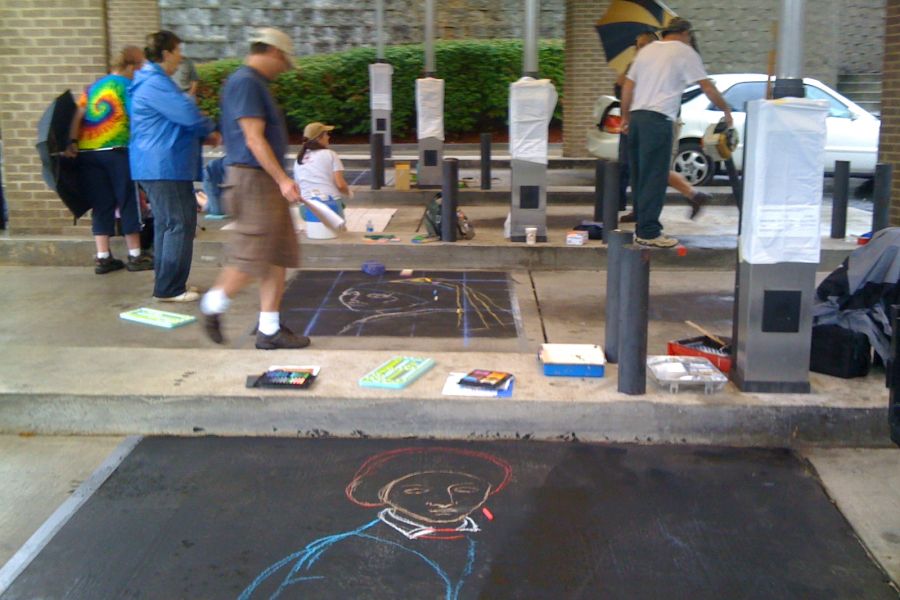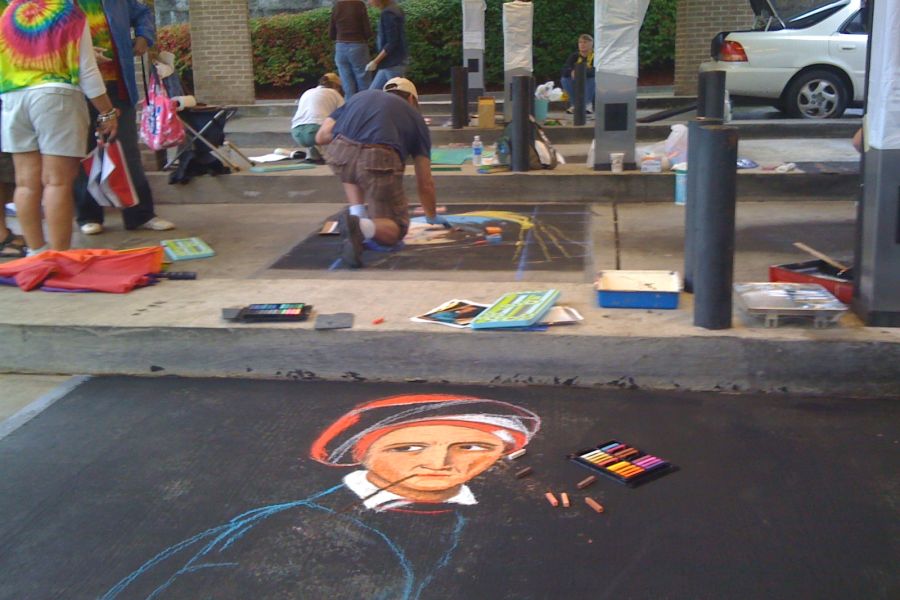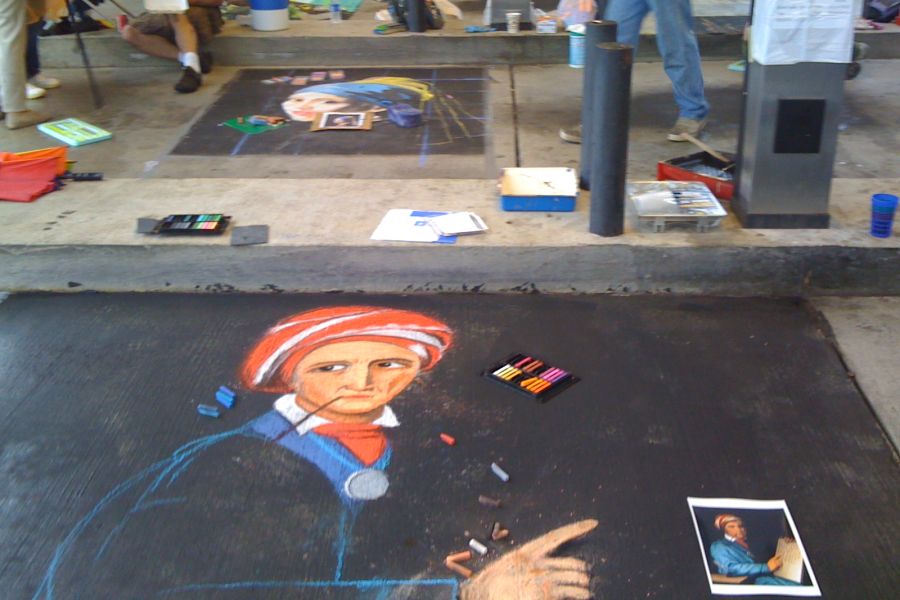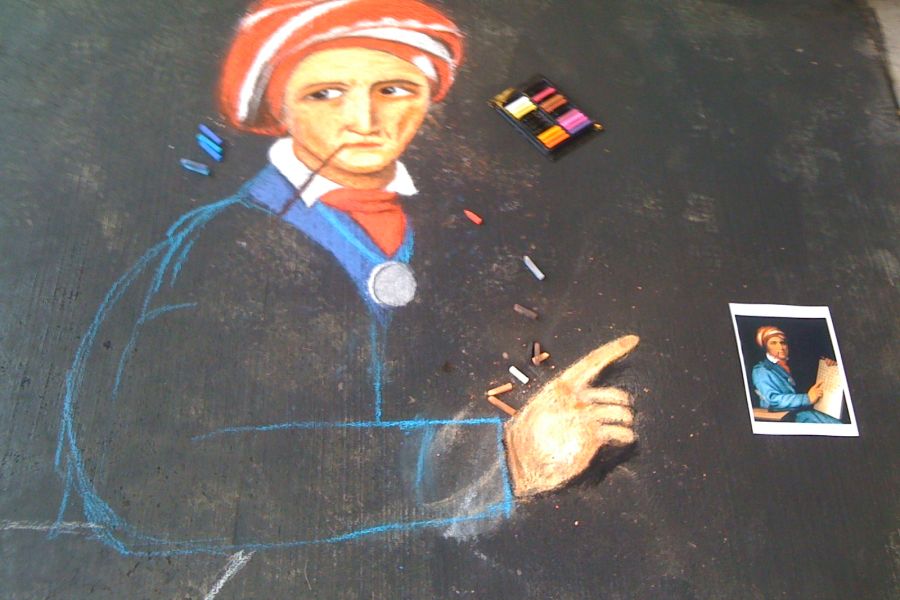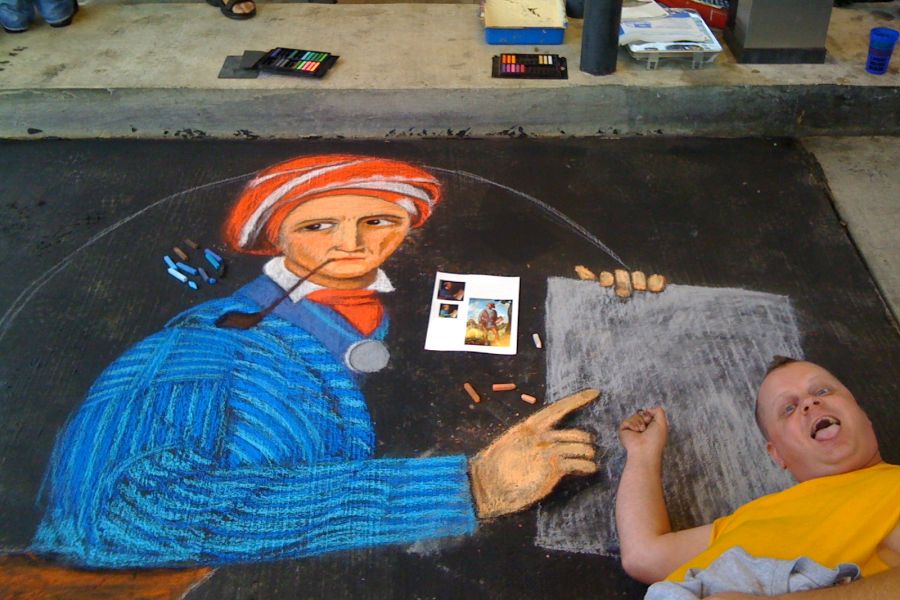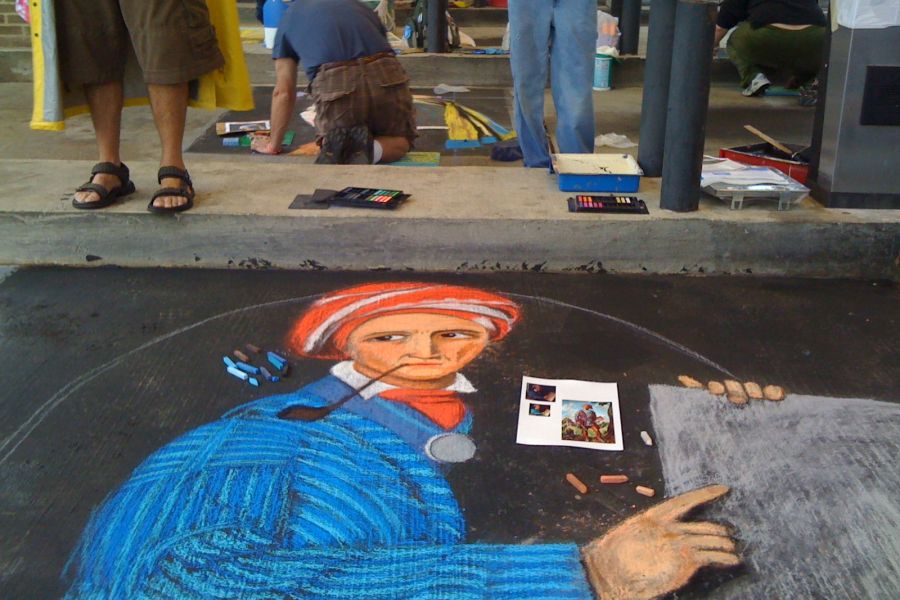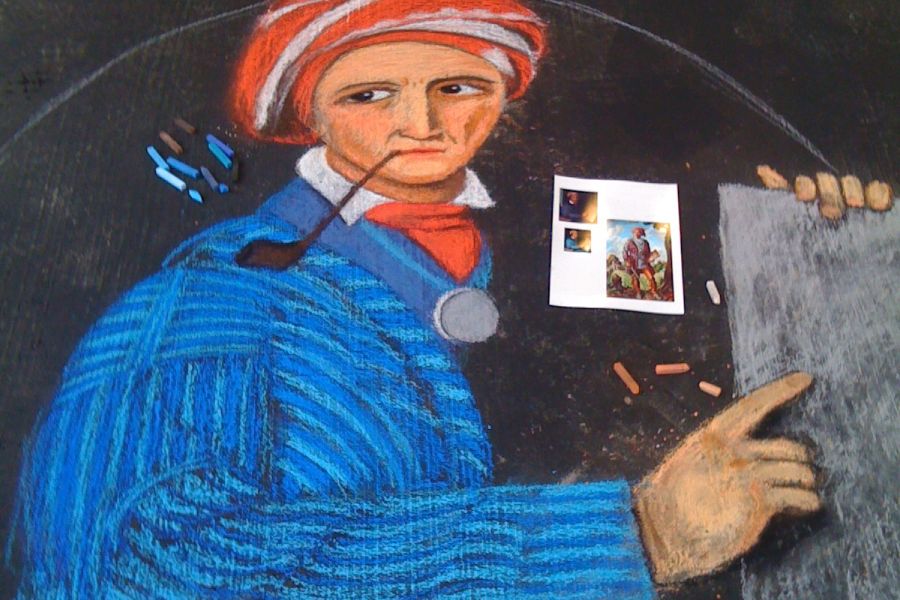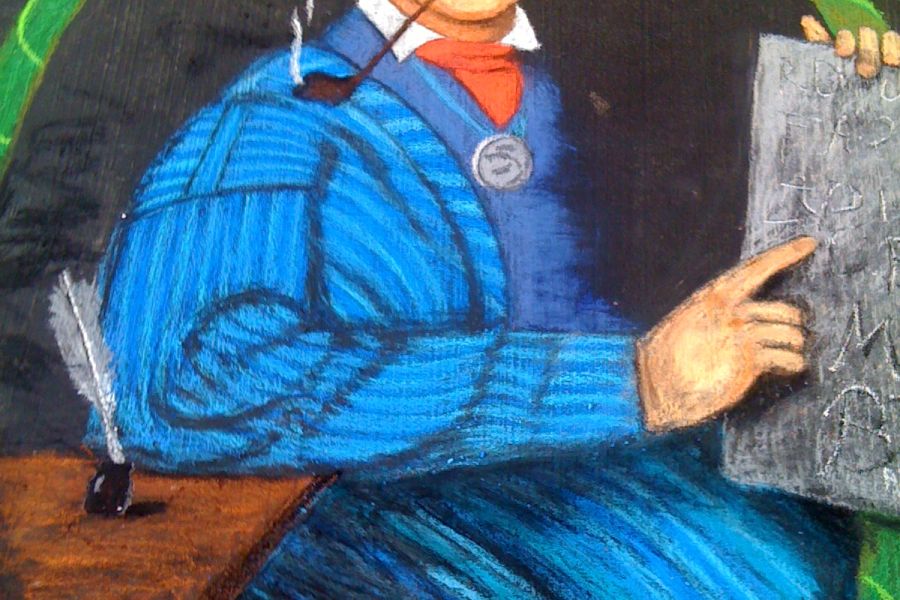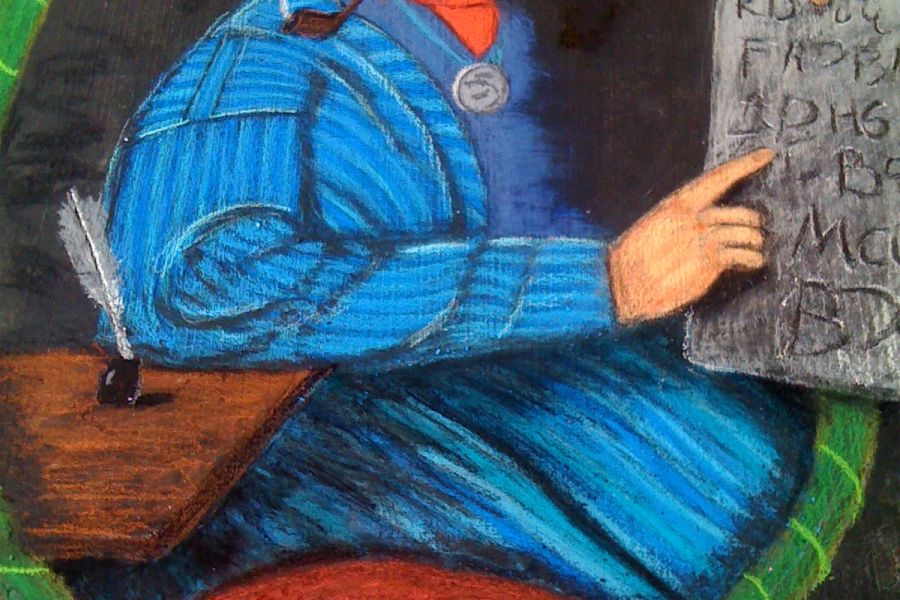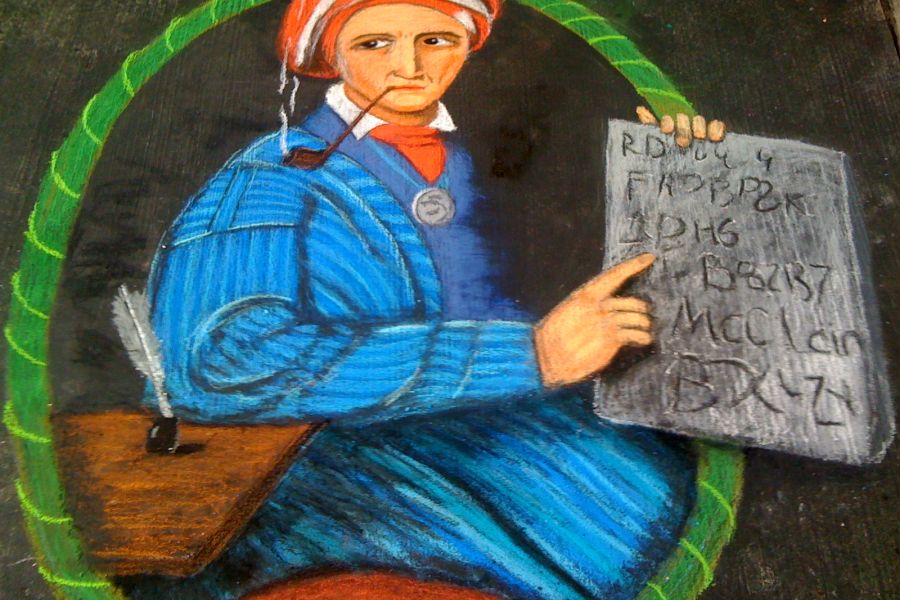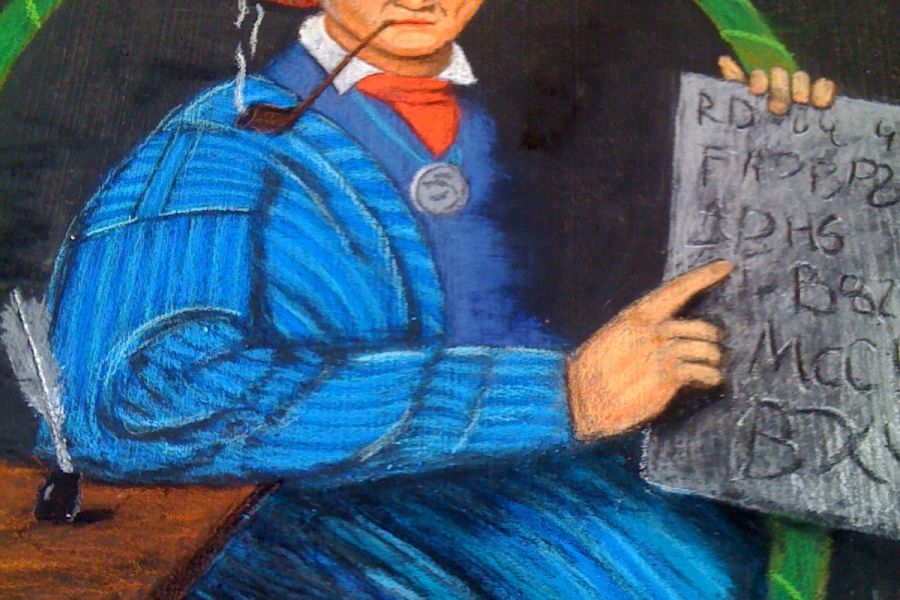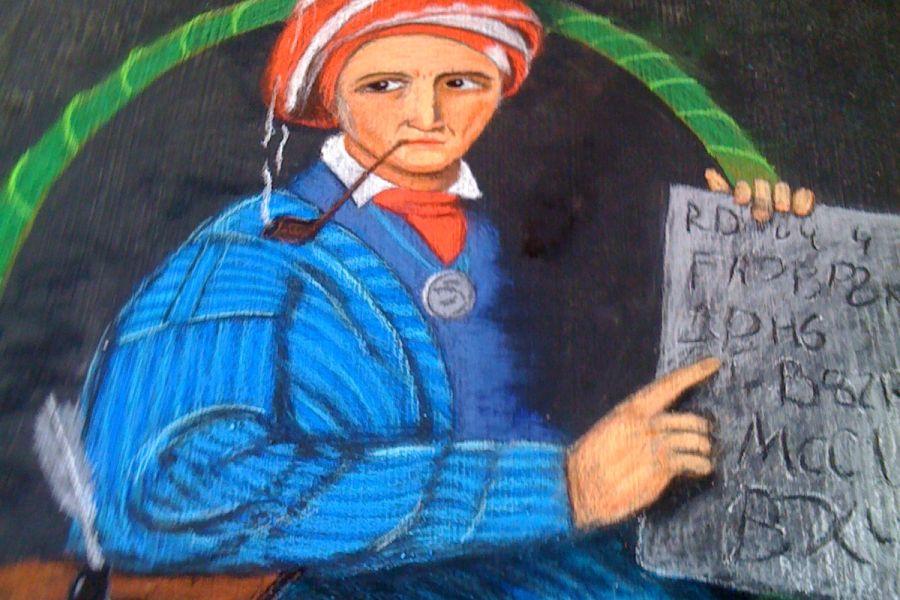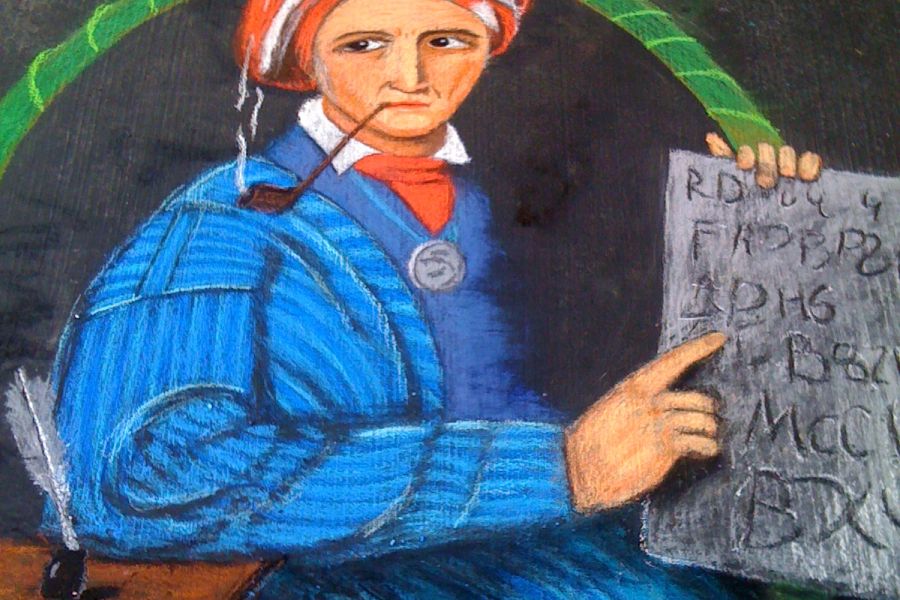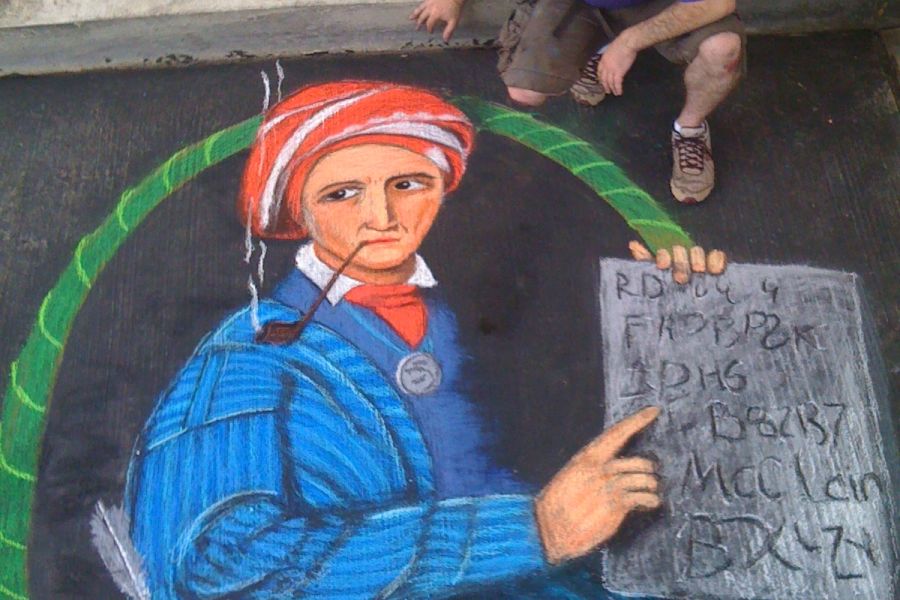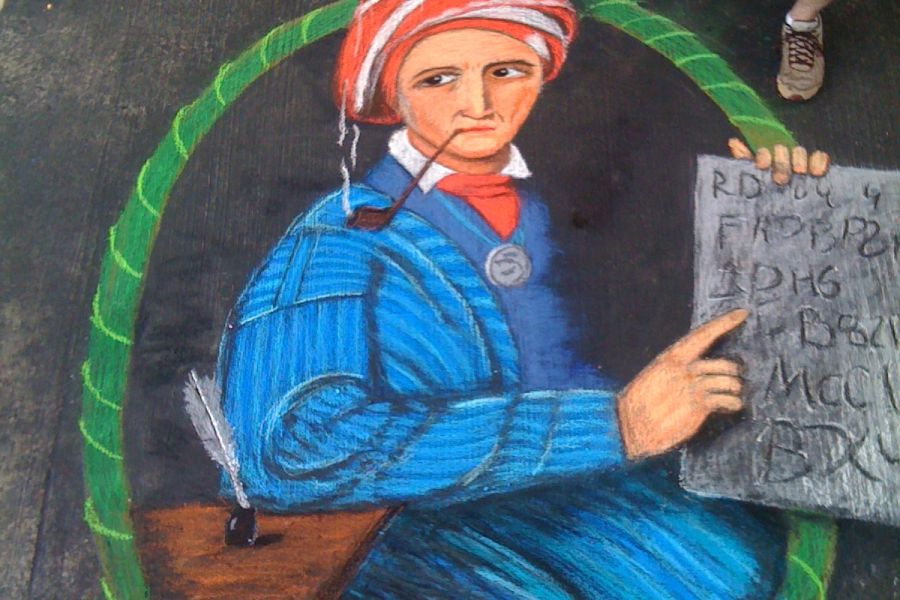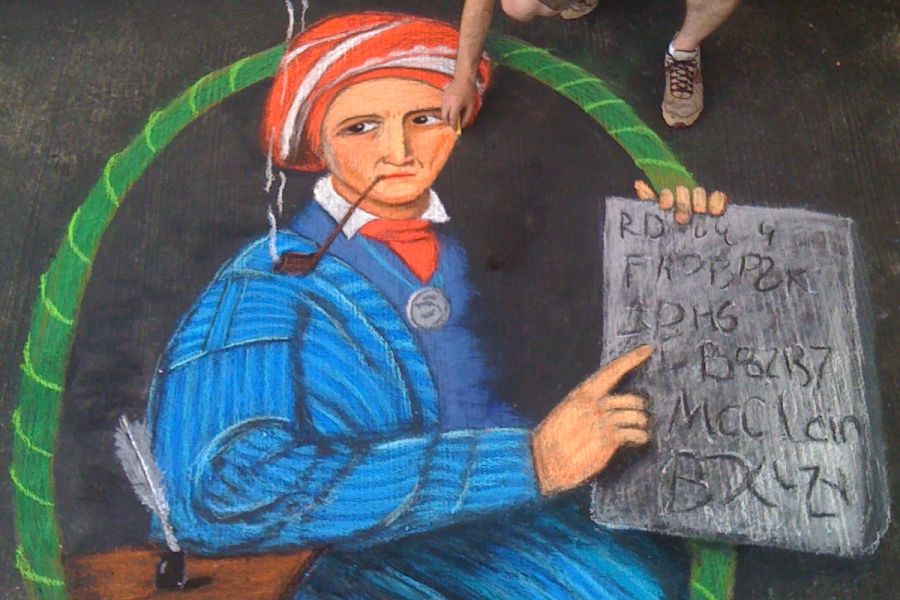2009
LaFollette, Tennessee
Taking it Home!
September 26, 2009 - LaFollette, Tennessee
Sequoyah never learned to read or write English, but while in Georgia he became captivated by whiteman's ability to communicate by making marks on paper and reading from "talking leaves." He began work on developing a Cherokee writing system in 1809. During the war, he became convinced he was on the right path. Unlike white soldiers, he did not write letters home and could not read military orders.
After the war Sequoyah began in earnest to create symbols that would make words. He and his daughter, Ayoka, played games using the symbols. He became obsessed with developing a new Cherokee alphabet writing system because he knew it would help his people. Sequoyah became a recluse in his obsession to perfect the writing system. He endured constant ridicule by friends and even family members, who said he was insane or practicing witchcraft.
Sequoyah moved west to Arkansas and continued his work. Finally, after twelve years of labor, ridicule and abuse he finally reduced the complex language into 86 symbols, each representing a unique sound of Cherokee speech. In 1821, after a demonstration of the system to amazed tribal elders, the Cherokee Nation adopted his alphabet, now called a 'syllabary'.
In 1824 the Cherokee National Council at New Echota, Georgia, honored him with a silver medal, which he proudly wore for the rest of his life, and later with an annuity of $300, which his widow continued to receive after his death.
By 1825, the Bible and numerous religious hymns and pamphlets, educational materials and legal documents and books of every description were translated into the Cherokee language.
In 1827, the Cherokee National Council appropriated funds to print the first Indian newspaper published in the United States.
HUGE THANKS to Manuel and Dana Mesa for their hospitality!

